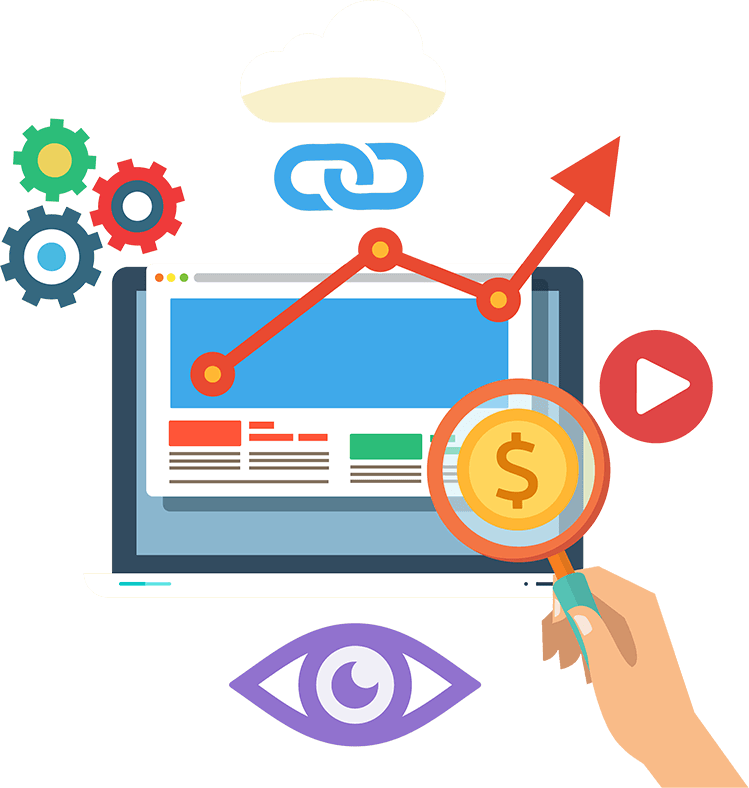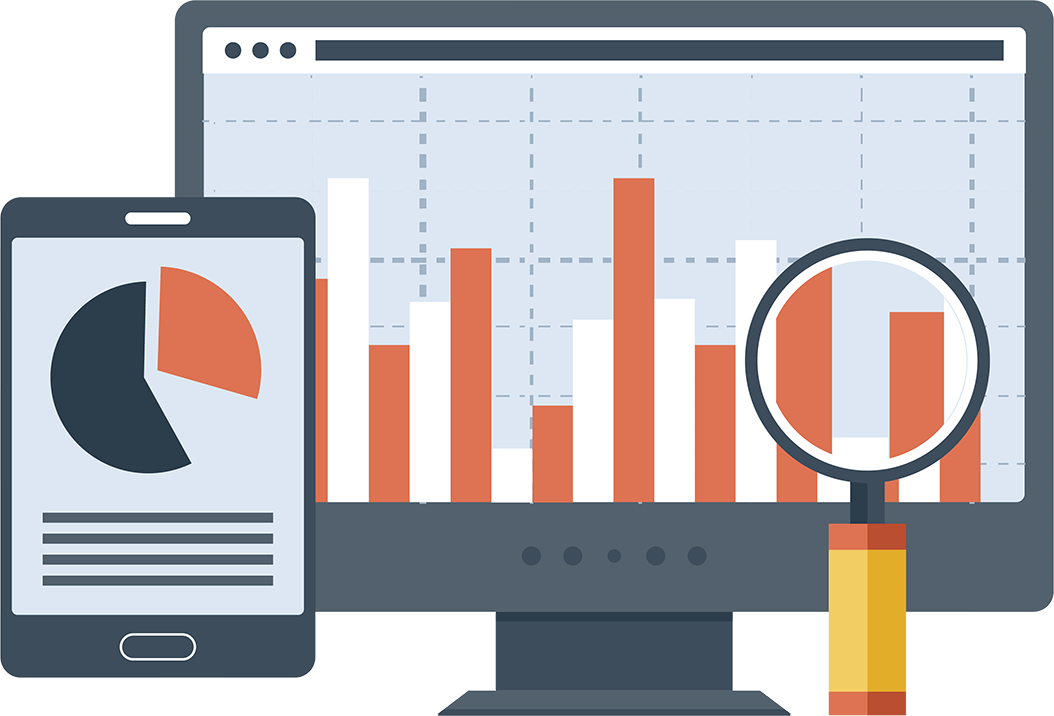When a visitor on your website takes action that leads to a sale, either in that moment or on later visits, we call that a conversion. Conversions can also happen via social channels when engaging posts drive visitors to comment, share, or even subscribe to your channel.
The goal is to get people to buy, submit their info, click on an ad, read a post or article, or get to an ad-specific landing page or funnel. Why? Because these types of actions are necessary to growing your business. The percentage of visitors who take action (“convert”) is your conversion rate.

What Kind of Conversions Do You Need?
The ultimate goal for in any marketing strategy is to increase website conversion. However in order to achieve this, you must first know what it is that you want. Your goal has to be clear so that you can focus your efforts to achieving that goal, may it be to sell a product or service or to grow an email list.
For example, if you are selling something (products or services), the focus of your website is on making the sale. For local businesses, the focus is most likely to get leads or convince visitors that they are the best option to fulfill the consumer’s need.
After determining what type of conversion you are focused on, you’ll need to know what the conversion rate is for that action. However, that may not always be obvious. You’re going to need to turn to tools like Google Analytics in order to find that type of data.
How conversion rates are determined: If you have 10,000 visitors a month and 500 take an action you intend them to take then the conversion rate is 5% (500/10,000 = .05). A conversion rate of 100% is just about impossible, but for a better return, you should still optimize your website for conversions so you can get this number as high as possible.

Invest in Conversion Rate Optimization
Start by investing resourcces into these Conversion Rate Optimization (CRO) tactics to increase your conversion. Start with what is most easy to implement for you and work your way through the list. We recommend you track your results to gauge effectiveness so you can optimize as you go.




